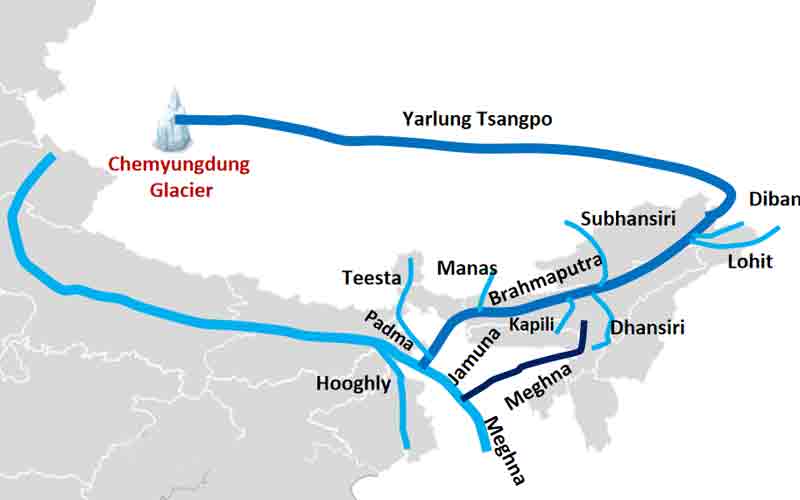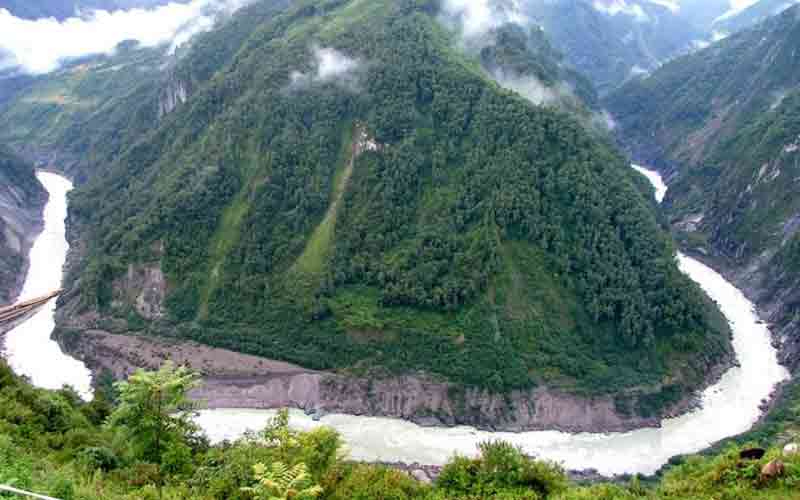China has approved the construction of the world’s largest hydropower dam across the Yarlung Tsangpo river, known as the Brahmaputra in India and Bangladesh.
This ambitious project raises concerns, as it could have profound environmental and geopolitical implications for the downstream countries.
The dam will be situated on the Tibetan Plateau, a region crucial to the world’s climate, with glaciers storing vast amounts of ice.
As the glacier melt accelerates due to global warming, the region faces challenges like erratic rainfall and water shortages that affect billions downstream.
The dam could alter river flows, leading to both water scarcity during dry seasons and flooding during monsoons in India and Bangladesh.

Such fluctuations could put millions of people at risk and exacerbate water stress in an already vulnerable region.
READ: PDMA issues flood alert for northern Pakistan due to glacier melt
Large dams in the Himalayas have historically caused environmental damage, including disrupted ecosystems and displacement of local communities.
Given the region’s seismic activity, the construction of the Yarlung Tsangpo dam raises additional risks of earthquakes, landslides, and floods, especially if natural dams break.
The Brahmaputra is one of the most sediment-rich rivers, vital for farming and food security in the region.
A dam of this scale could trap sediments, which would affect agriculture, particularly in India and Bangladesh, where the river is a lifeline for millions.
The Sundarbans mangrove forest, home to rich biodiversity and vital to Bangladesh and India’s coastal protection, is particularly vulnerable to changes in sediment flow.
Disruptions could accelerate coastal erosion and exacerbate the threat of sea-level rise.
Follow us on our Official WhatsApp channel
The Brahmaputra is not governed by a comprehensive trans-boundary treaty, complicating efforts for equitable water-sharing and disaster preparedness between China, India, and Bangladesh.
While treaties exist for other global rivers like the Danube, the lack of a similar framework for the Brahmaputra hinders cooperation on these crucial issues.
Many smaller rivers in the global south, like the Brahmaputra, are also neglected in research.
Studies tend to focus on large geopolitical rivers, leaving crucial issues like climate change, water scarcity, and pollution underexplored in smaller, yet vital, river basins.
A more inclusive and localized approach to research and governance is necessary to ensure the sustainable management of rivers like the Brahmaputra.











